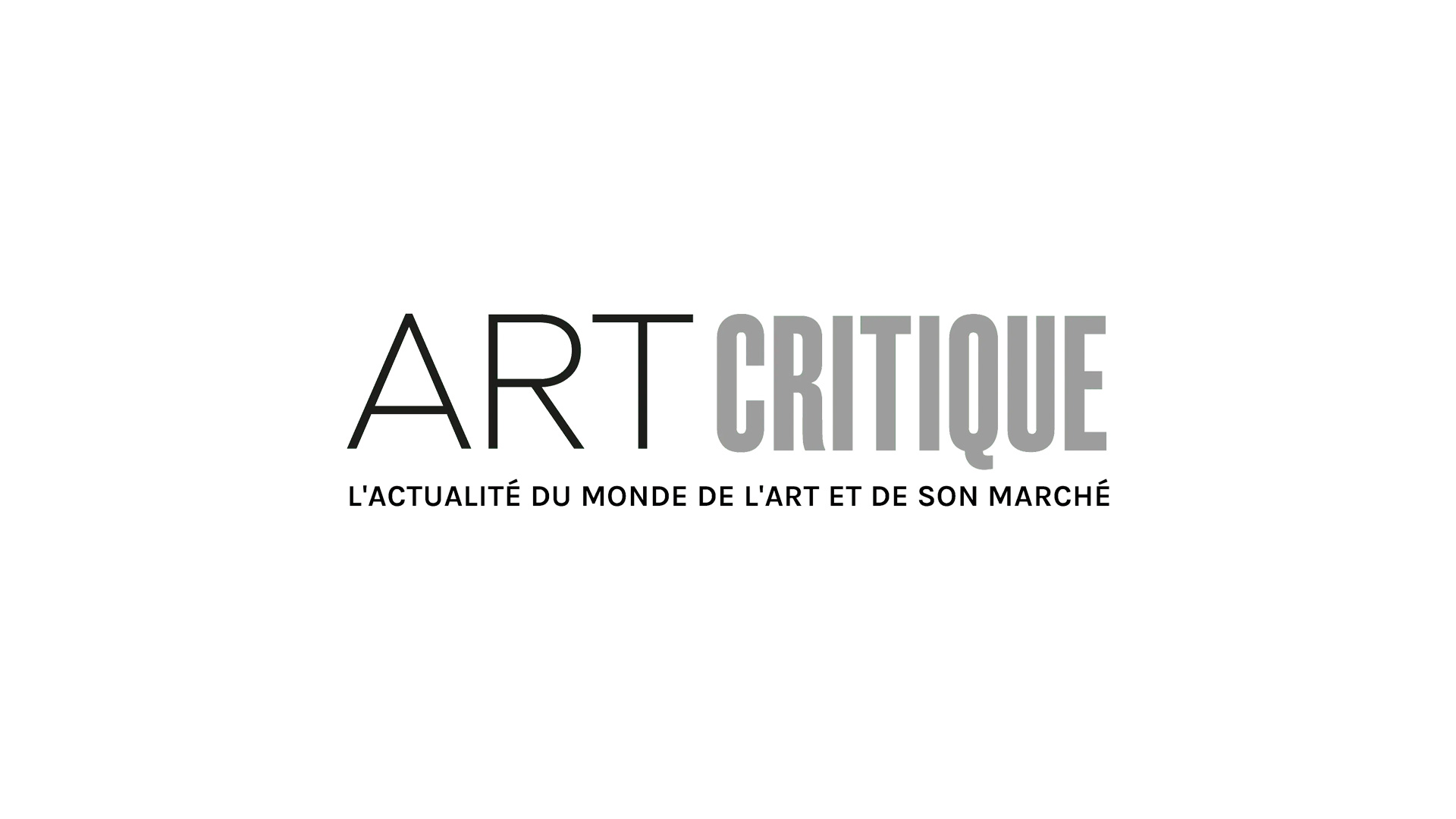Lobster Telephone (White Aphrodisiac), one of Salvador Dalí’s renowned lobster phones, will remain in the UK after the National Gallery of Scotland (NGS) acquired it for £853,000. The Surrealist, white lobster telephone was sold at auction to a foreign buyer before UK arts minister Michael Ellis put a temporary export bar on the artwork to keep in the UK. The artwork was deemed too important to leave the UK so the temporary export ban allowed time for a UK gallery to raise the needed funds to keep the funky telephone.
On December 17th it was announced that the NGS had done just this. £100,000 was provided by the Art Fund, a national fundraising charity for the arts, and the remaining £753,000 was provided by the Henry and Sula Walton Fund, a charitable fund established by Henry and Sula (née Wolff) Walton to benefit the gallery. The artwork is now on display at the Edinburgh museum. In the NGS’ press release, Stephen Deuchar, director of Art Fund, said they were proud to support the museum’s acquisition as it is amongst the most famous Surrealist works ‘typifying the spirit of the movement in its witty, subversive eccentricity.’ Director of Modern and Contemporary Art at the NGS Simon Groom thanked the organizations that made the purchase possible. ‘This major acquisition cements our position as one of the world’s greatest collections of Surrealist art. Object sculptures – where the artist takes an existing, manufactured object and transforms it with a slight addition or alteration – were popular among the Surrealists, but are now incredibly rare…Before the acquisition we had nothing of this kind,’ continued Groom.
The telephone is one of 11 commissioned by English poet and art collector Edward James in 1936. This particular crustacean-sporting phone was made by Dalí in 1938. Four of the phones were red while the remainder were white. Nearly all of the phones are now held in the stores of museums around the world including a red one belonging to Tate Modern and a white in the Minneapolis Institute of Arts’ collection.
James was an eccentric man who inherited a fortune from his father. He was educated at Eton and Oxford and his godfather was Edward VII, a close friend of his mother’s. The wealthy man became a patron to Dalí, among other Surrealist artists. In 1937, James took Dalí on offering a generous salary in exchange for a year’s worth of work. During this time, Dalí created famous works including the lobster phones. The works Dalí produced found their home in James’ unconventional London and West Sussex residencies where they weren’t abnormal at all. The phone acquired by the NGS was sold by the Edward Foundation who had two phones in their possession.
In a 2016 statement before the phone was sold, Alex Barron, chief executive of West Dean college – the centre for the arts and conservation of James’ endowment said: ‘We still have two lobster telephones, so we have to ask ourselves, we obviously need a lobster telephone, but do we really need two? … that’s just greedy, isn’t it?’ While Barron may have seen it as greedy to have two within the James Foundation collection, the UK thought otherwise.





